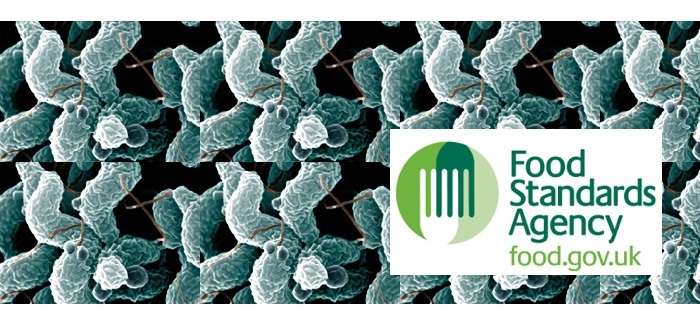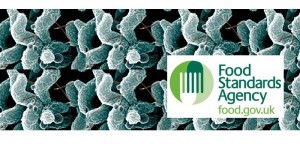Camplylobacter infections among consumers have fallen dramatically, latest figures from Public Health England (PHE) show.
The number of people getting sick in 2015 after eating poultry fell to the lowest levels since 2008, data published in January 2017 shows. There were 55,697 cases reported in 2015, nearly 7,000 fewer than the year before. The results follow concerted efforts by farmers and processors to reduce levels of the food poisoning bug.
PHE said the trend was likely to have continued into 2016, although the data was not yet available. “The numbers of reported campylobacter infections vary from year to year so we’ll need to monitor numbers over a longer period of time to see if the decrease in human cases is sustained,” said Richard Elson, head of risk assessment and response, gastrointestinal infections at PHE.
“However, provisional data indicates that the decline in cases seen in 2015 is likely to continue into 2016.
“PHE welcomes initiatives from the Food Standard Agency and the food industry to reduce levels of campylobacter bacteria in chicken to reduce numbers of human infections,” said Elson.
Measures taken by the industry include the use of SonoSteam by Faccenda Foods, which invested £1 million in the technology that blasts carcases with steam and ultrasound. Full scale trials showed an 80% reduction in campylobacter on the neck and breast skin of fresh, whole chickens.
2 Sisters has introduced a variety of measures including farmer training and an incentive scheme, which includes barrier biosecurity, changing footwear and clothing between every shed of chickens and investment in new covered foot dips which prevents dilution of disinfectant. There is also now a financial incentive offered to farmers to ensure they use industry-leading practices.
2 Sisters also introduced blast surface chilling and secondary scalding, in processing plants. One uses low temperature to kill the bacteria, the other heat.
Processors and retailers across the chain have also introduced packaging innovations such as oven-ready packaging, which removes the need for consumers to touch raw poultry, and FSA-recommended labelling such as ‘there’s no need to wash this chicken’ which cuts down the risk of campylobacter spreading.



